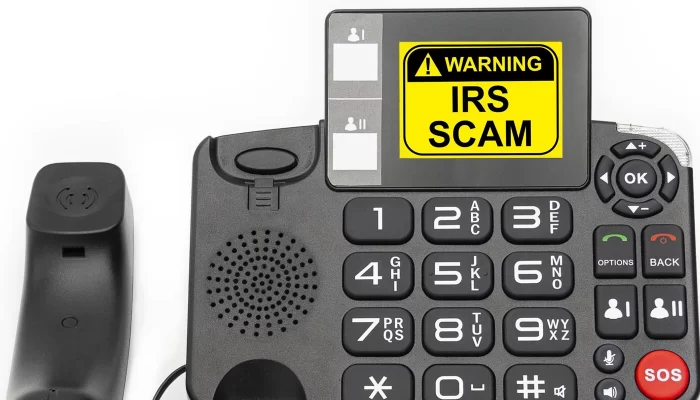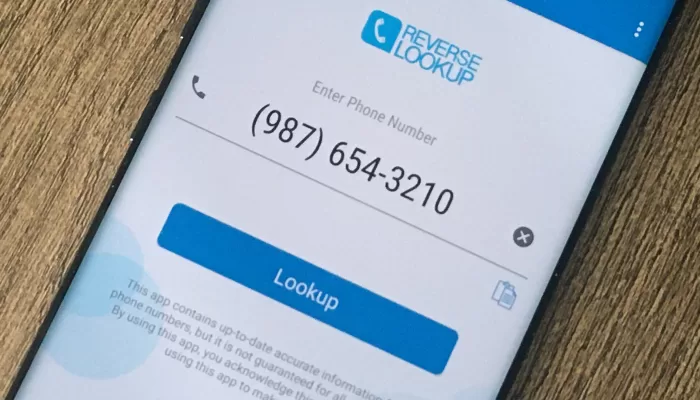Call Content Analysis: Understanding the Privacy Concerns and Limitations

Call content analysis is the process of automatically identifying and categorizing the content of phone calls. This technology has been widely used in various industries to enhance the efficiency and accuracy of call handling.
Advantages of call content analysis include improved call handling, increased productivity, and better customer experience. By automatically identifying the content of calls, organizations can route calls to the right department or agent and ensure prompt handling, leading to a more efficient and effective call handling process. Additionally, by automating routine tasks, organizations can increase their productivity. Furthermore, by ensuring calls are handled promptly and efficiently, organizations can improve the customer experience and increase customer satisfaction.
Call content analysis has a wide range of applications, including call blocking apps, customer service, and market research. In call blocking apps, call content analysis is used to identify unwanted phone numbers and block them. In customer service, it is used to route calls to the right department or agent based on the content of the call. In market research, it can provide valuable insights into customer preferences and trends by analyzing the content of calls.
Despite its advantages, call content analysis also faces several challenges, including privacy concerns, technical limitations, and human error. Privacy concerns are a major issue, as accessing the content of phone calls is considered sensitive personal information, and privacy laws may prohibit unauthorized access. Technical limitations can also impact the performance and accuracy of the technology, as sophisticated algorithms and hardware are required for effective call content analysis. Human error can also result in incorrect categorization of calls, undermining the accuracy of the technology.
Limitations of call content analysis include limited access to call content, false positives and false negatives, and bias. Limited access to call content can result in inaccurate identification of unwanted phone numbers, while false positives and false negatives can impact the effectiveness of call blocking apps and the accuracy of call categorization. Bias can also undermine the accuracy of the technology, as algorithms and training data used for categorization must be diverse and representative of all users.
In conclusion, call content analysis is a powerful technology with the potential to improve the efficiency and accuracy of call handling. However, organizations must be mindful of the challenges and limitations of the technology, including privacy concerns, technical limitations, and human error, to ensure its effective and responsible use. Balancing the benefits of call content analysis with the need to protect user privacy and ensure the accuracy of the technology is crucial to its success.




Comments 0